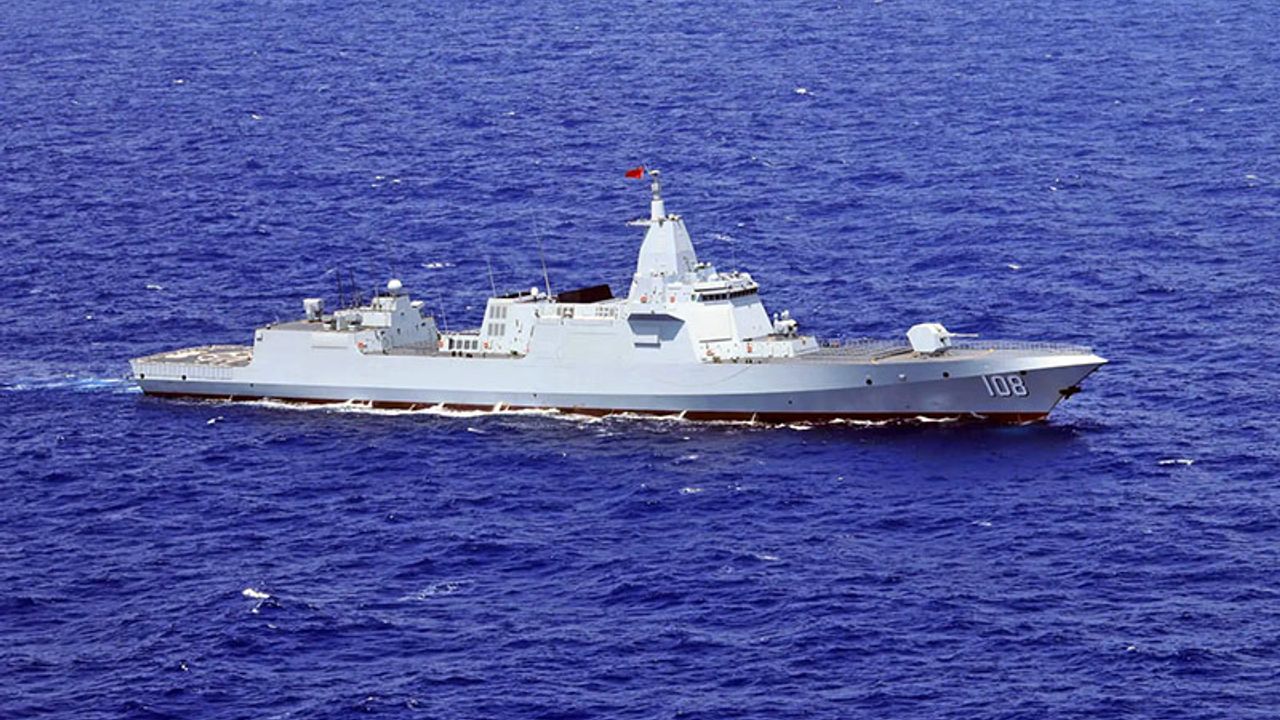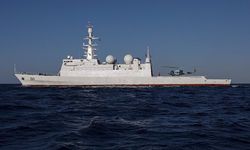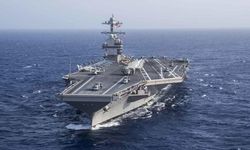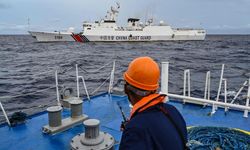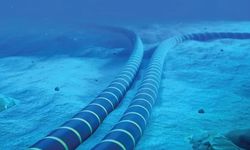The People’s Liberation Army (PLA) stated that the exercises involve ground, naval, air, and missile forces in "combat readiness patrols, blockades of key ports and areas, assaults on maritime and ground targets, and the pursuit of comprehensive superiority." The PLA’s Eastern Theater Command emphasized in a statement, "The drill also serves as a stern warning to the separatist acts of Taiwan independence forces. It is a legitimate and necessary operation for safeguarding state sovereignty and national unity."
The United States responded critically to China’s actions. State Department spokesperson Matthew Miller expressed “serious concern” over the drills, condemning them as an overreaction to a routine speech that risks further destabilizing the region. Taiwan’s President Lai convened a national security meeting in response and urged China to stop its military provocations. His office highlighted the international community’s shared interest in maintaining peace and stability in the Taiwan Strait and Indo-Pacific region, calling on Beijing to acknowledge the existence of the Republic of China (Taiwan) and respect its democratic system.
Growing Maritime Concern
These military maneuvers follow President Lai’s recent speech, where he reiterated Taiwan’s sovereignty while calling for peaceful cooperation with China. Lai also referenced the 1911 revolution that ended imperial rule in China, a gesture toward those Taiwanese citizens who still identify with Chinese heritage. Some of Lai’s aides described the speech as a sign of goodwill, and foreign observers characterized it as moderate.
Rush Doshi, a former U.S. National Security Council official, noted that while Beijing has sometimes reciprocated Taiwan’s restraint, "they’re choosing a different path" this time. Since Lai’s election, China has labeled him a "dangerous separatist" and sharply increased military activity near Taiwan, asserting its claim over the island and threatening forceful annexation if Taiwan does not submit to Beijing’s rule.
The current military exercises, named "Joint Sword 2024 B," come after a similar drill following Lai’s inauguration in May, called "Joint Sword 2024 A." These actions, often viewed as attempts to intimidate Taiwan and test its defenses, are part of China's broader strategy. Taiwanese and foreign security experts have noted that many of the PLA’s actions appear to be standard military exercises.
Taiwanese officials recently pointed out that China has maintained an unusually high number of naval ships at sea, hinting that a large-scale drill was planned following Lai’s National Day address. Monday’s exercises included the PLA’s aircraft carrier Liaoning, which participated in joint air and sea operations, and strikes on maritime and ground targets.
Meanwhile, Taiwan’s coastguard reported that Chinese coastguard vessels were positioned in waters to the north, southeast, and east of the island. The China Coast Guard confirmed that four formations of ships were conducting “law enforcement inspections” around Taiwan, describing these operations as part of its enforcement of the One China Principle.
In addition, the Chinese coastguard launched “comprehensive law enforcement inspections” near Taiwan-controlled islands Matsu and Dongyin, close to the Chinese coast, where they boarded vessels and enforced control over the surrounding waters.
